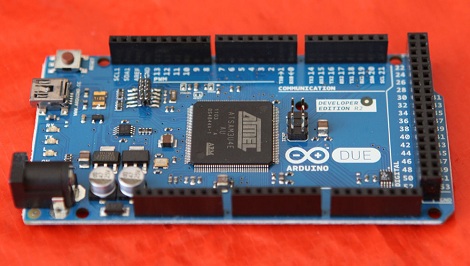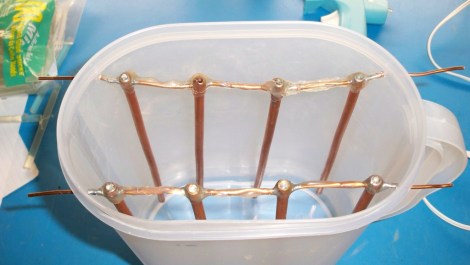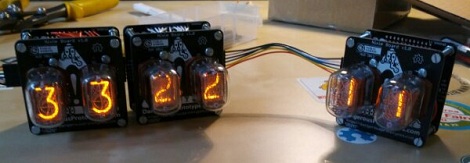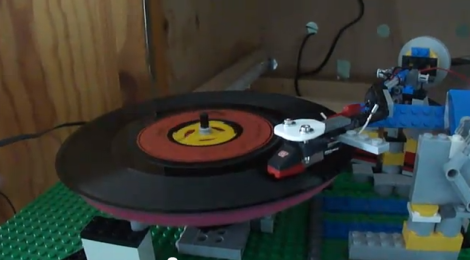Cheap ergonomic mouse

If your had keeps cramping while using the computer mouse why not grab a hunk of wood and a couple of buttons to make your own ergonomic input device?
C# GUI for Arduino testing

Here’s a Windows GUI for controlling Arduino. [Rohit] put it together using C#. It should make development very simple as you have control of almost everything before you need to worry about writing your own server-side software.
Networked strip lighting replaces the office overheads

[Jeremy] got tired of replacing the halogen bulbs in his office. He upgraded to ten meters of RGB LED strips. We can’t think they do as well at lighting up the room. But he did add network control so they can flash or change colors depending on what type of alert they’re signalling.
Woven QR codes

Now that [Andrew Kieran] proved you can weave a working QR code into textiles do you think we’ll see garments that have a QR code leading to care instructions? We could never figure out what all those strange icons stood for.
World’s largest QR code in a corn maze

The world’s largest QR code was cut out of this field of corn. It’s at the Kraay Family Farm in Alberta, Canada. Gizomodo called it “Stupidly Pointless”. But we figure if it got them a world record and put their website on the front page of Giz and Hackaday they’re doing okay. Plus, we whipped out our Android and it read the QR code quite easily.
















